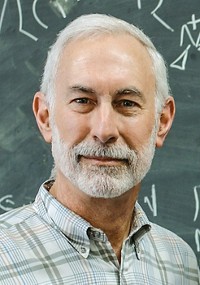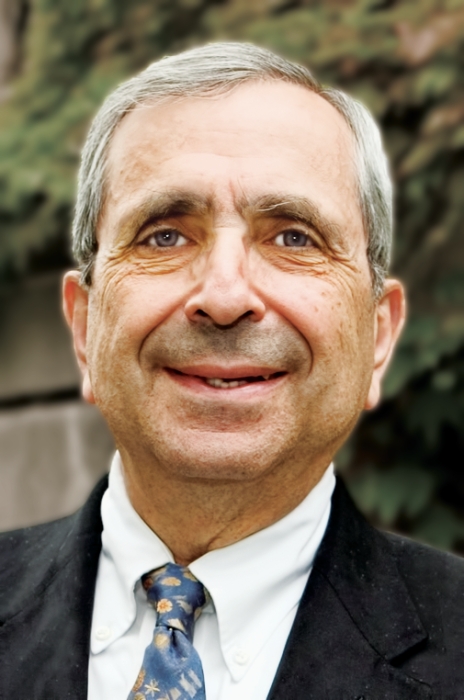Advertisement
Grab your lab coat. Let's get started
Welcome!
Welcome!
Create an account below to get 6 C&EN articles per month, receive newsletters and more - all free.
It seems this is your first time logging in online. Please enter the following information to continue.
As an ACS member you automatically get access to this site. All we need is few more details to create your reading experience.
Not you? Sign in with a different account.
Not you? Sign in with a different account.
ERROR 1
ERROR 1
ERROR 2
ERROR 2
ERROR 2
ERROR 2
ERROR 2
Password and Confirm password must match.
If you have an ACS member number, please enter it here so we can link this account to your membership. (optional)
ERROR 2
ACS values your privacy. By submitting your information, you are gaining access to C&EN and subscribing to our weekly newsletter. We use the information you provide to make your reading experience better, and we will never sell your data to third party members.
Physical Chemistry
Irving Langmuir Award in Chemical Physics
Recipients are honored for contributions of major significance to chemistry
by Jyllian Kemsley
January 7, 2008
| A version of this story appeared in
Volume 86, Issue 1
Sponsored by the General Electric Fund and the General Electric Corporate Research & Development Center
Daniel M. Neumark, a professor of chemistry at the University of California, Berkeley, is honored for his pioneering work using photoelectron spectroscopy of negative ions to unravel the mysteries of molecular dynamics.
Photoelectron spectroscopy (PES) is normally used to look at electronic transitions between bound levels of molecules. Neumark turned his attention to unbound states, in particular transition states of chemical reactions. In one notable study, Neumark and coworkers photodetached an electron from the FH2- anion, then observed in photoelectron spectra the vibrational frequencies of a species analogous to the transition state of the F + H2 reaction. The experiment addressed a theoretical controversy of the time, demonstrating that the transition-state structure was bent rather than linear.
Neumark's group went on to apply a higher resolution version of negative ion PES—anion zero electron kinetic energy spectroscopy—to reveal resonance structures in chemical reactions.
More recently, Neumark's group developed time-resolved anion femtosecond PES (FPES) to probe dynamics in clusters and connect the results to condensed-phase phenomena such as electron hydration. Here, the researchers use a femtosecond pump pulse to electronically excite a cluster, then a second probe pulse to knock off the excess electron. The resulting photoelectron spectrum yields information about the lifetime of the excited state and its relaxation pathways.
In one set of experiments, performed on clusters in which I- was solvated by water molecules, the pump pulse excited a transition that ejected the electron from I- into the solvent network. The probe pulse monitored the resulting electron hydration dynamics. In clusters incorporating as few as five or six water molecules, the waters rearranged to stabilize and localize the excess electron.
Similar experiments on clusters of electrons bound to water molecules provided insight into the lifetime of the excited state of hydrated electrons in aqueous solution. The results demonstrated that the lifetime of the excited state is 50 femtoseconds, rather than as long as 1 picosecond, as some researchers had believed. "That's an example of where we have been able to extrapolate a cluster experiment to the condensed phase and, in our view, resolve a long-standing issue in condensed-phase chemical physics," Neumark notes.
Neumark has "repeatedly developed creative new spectroscopic methods and applied them with great acumen to some of the most important problems in molecular dynamics," says Albert Stolow, leader of the molecular photonics group at the Steacie Institute for Molecular Sciences of the National Research Council Canada. "It is rare to find this combination of technical skill and imagination with both scientific vision and penetrating analysis in a single individual."
Neumark is now attempting to go beyond femtosecond PES into the attosecond time scale. "With femtosecond lasers one is probing nuclear motion in real time. The next step is devising experiments that can probe electronic motion in real time," Neumark tells C&EN.
Born in Chicago, Neumark, 52, received B.A. and M.A. degrees from Harvard University and a Ph.D. in physical chemistry from UC Berkeley. In addition to his current position as a professor at Berkeley, Neumark is director of the Chemical Sciences Division at Lawrence Berkeley National Laboratory.
Neumark will present the award address before the Division of Physical Chemistry.






Join the conversation
Contact the reporter
Submit a Letter to the Editor for publication
Engage with us on Twitter